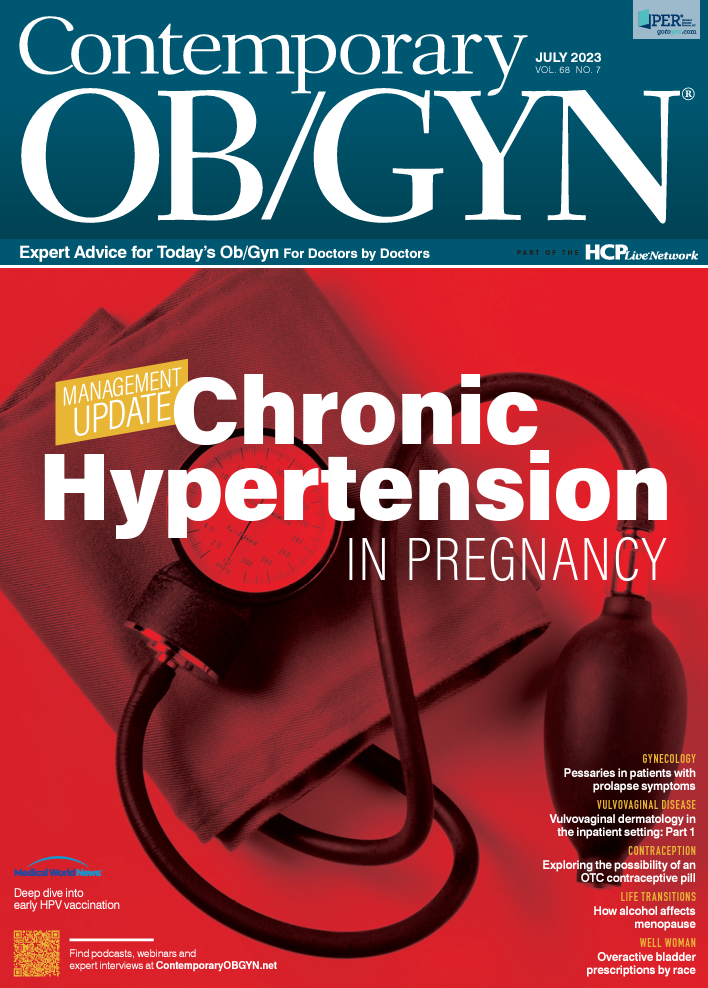Overactive bladder prescriptions based on race
In a recent study, use of β3-adrenoceptor agonists over anticholinergic prescriptions differed based on patient race.
Overactive bladder prescriptions based on race | Image Credit: © I Viewfinder - © I Viewfinder - stock.adobe.com.

According to a recent study published in JAMA Network Open, a filled β3-adrenoceptor agonists (β3-agonist) prescription rather than an anticholinergic overactive bladder (OAB) prescription is significantly more common in non-Hispanic White patients than non-Hispanic Black patients.
OAB is a chronic condition with severe impact on patients’ quality of life. After failure of behavioral interventions, medication therapy is recommended as second-line therapy.
Anticholinergic medication and β3-agonists are oral medications used to treat OAB. However, anticholinergic use has been associated with dry eyes and mouth, constipation, and potential long-term cognitive adverse events such as dementia.
β3-agonists have shown improved tolerability compared to anticholinergic medication, making it preferred for use against OAB. However, studies have indicated potential inequities for medical therapies in patient populations. There is little data on inequities for β3-agonist access.
To determine how racial and ethnic sociodemographic factors impact β3-agonist prescriptions compared to anticholinergic OAB prescriptions, investigators conducted a cross-sectional analysis using the 2019 Agency for Healthcare Research and Quality Medical Expenditure Panel Survey (MEPS).
The MEPS gathers data from a sample of US households, along with consulting health care institutions to verify data. Data collected included prescription type, dosage, and payments.The 2019 Prescribed Medicines File was used to determine OAB medication prescription. Prescriptions outside of the 2019 survey period were not included in the analysis.
A receipt of an anticholinergic or β3-agonist medication was the primary outcome of the study. Information on the specific medication filed, out-of-pocket-cost, quantity, and reported date of starting medication was collected.
Covariates included race and ethnicity, poverty level, educational attainment, insurance status, and sex. Adjustments were also made for high blood pressure and cognitive impairment. Racial and ethnic categories included Hispanic, non-Hispanic Asian, non-Hispanic Black, non-Hispanic White, and multiple or other races.
About 2,971,449 patients aged a mean 66.4 years filed urinary antispasmodic medication prescriptions in 2019. Of these, 75% filed prescriptions for anticholinergic medication, 19.9% β3-agonist medication, and 5.1% both.
Of patients filing a prescription, 73.5% were women, 78.3% non-Hispanic White, 8.8% non-Hispanic Black, 5.6% Hispanic, 5.3% multiple or other races, and 2% non-Hispanic Asian. Oxybutynin was the most common prescription, followed by mirabegron and tolterodine.β3-agonists had a median out-of-pocket cost of $45.00 and anticholinergics of $9.78.
Race was the only factor significantly associated with medication type. Non-Hispanic White patients were 54% more likely to fill a β3-agonist rather than an anticholinergic medication compared to non-Hispanic Black patients.
There were also interactions found between race and sex. Non-Hispanic White women were 90% more likely to fill a β3-agonist rather than an anticholinergic medication compared to non-Hispanic Black women, while trends in men were similar to those of non-Hispanic Black racial and ethnic categorization. No covariates were significantly associated with using both medications.
Overall, non-Hispanic Black patients were significantly less likely to fill a β3-agonistover an anticholinergic medication than non-Hispanic White patients, with further disparities seen in female patients. Investigators urged further research on the contributions of different individual and societal factors.
Reference
Luchristt D, Bretschneider CE, Kenton K, Simon M, Brown O. Inequities in filled overactive bladder medication prescriptions in the US. JAMA Netw Open. 2023;6(5):e2315074. doi:10.1001/jamanetworkopen.2023.15074

